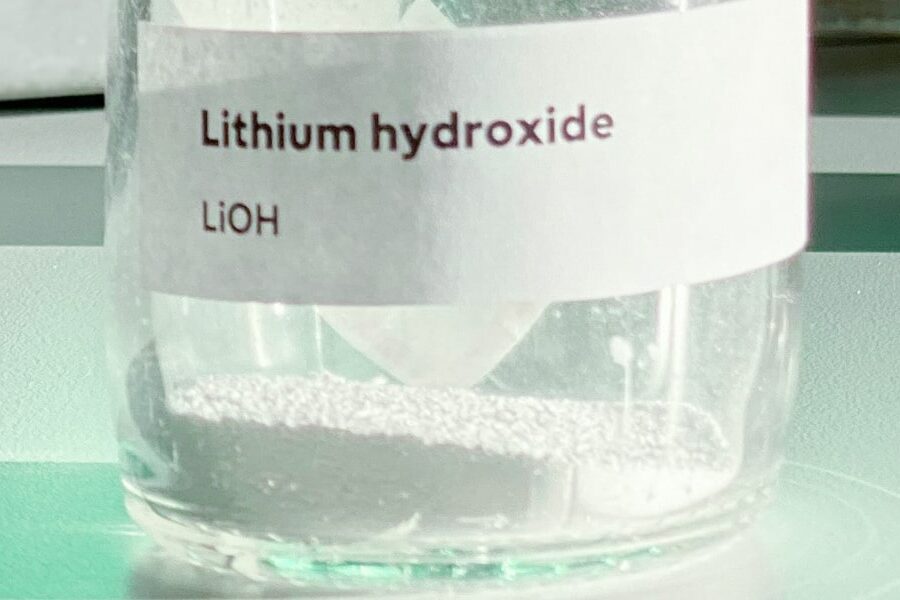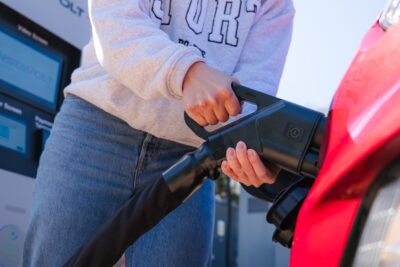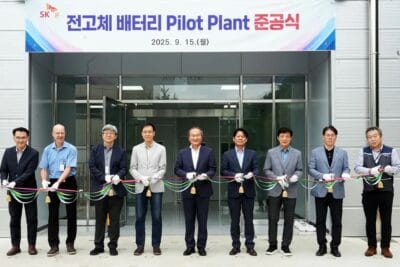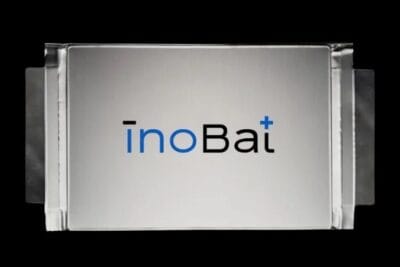GWU research project discovers new lithium sourcing method
Traditionally, refining lithium from brine requires “solar evaporation followed by chemical precipitation methods, which waste large amounts of water resources.” Under the project ‘Electro-driven direct lithium extraction from geothermal brines to generate battery-grade lithium hydroxide,’ the George Washington researchers investigated alternative methods for lithium extraction.
In the new process, which the researchers note avoids harsh chemicals that can be damaging to the environment, uses a special material that selectively captures lithium ions from the brine. The captured lithium is then converted into lithium chloride and finally into lithium hydroxide, which is suitable for electric vehicle batteries. The system itself “consists of an intercalation deionization cell (IDI) and a BMED cell.” The GWU researcher’s final product then showed a 99.5% purity in lithium hydroxide. “Further, we successfully produced 99.6% ± 0.2% purity of LiOH solution by feeding LiCl solution in BMED and produced LiOH·H2O powder via crystallization,” the research team added.
While the technology has not been scaled up to commercial size, and will only be tested at scale “in the coming years,” the researchers also point out that the current sources of lithium, including hard-rock mining and salt flats are insufficient to meet future global needs. “This study introduces an environmentally friendly solution that taps into the resource of geothermal brines, specifically from sources like the Salton Sea in California,” the researchers wrote, adding that this would help address the upcoming need for the materials. “Recent studies showed an estimated 538,000-metric-ton deficit in supply by 2030,” the researchers specify. This new methodology would open up access to lithium reserves that are not as readily available: “There are also detected lithium-rich geothermal brine in deep tectonic sedimentary basins in Germany and France and in volcano-sedimentary environment in Italy and also Qinghai-Tibet Plateau in China.”
The team also conducted an economic analysis and found that the method could produce battery-grade lithium at a competitive cost. More specifically, the research team specifies: “Finally, we conducted techno-economic analysis (TEA) to evaluate the economic competitiveness of this technology and estimated the levelized cost of produced LiOH•H2O (LCOL) as 4.6 USD/kg LiOH•H2O which is about one-third of the market price as of January 2024.”
Ultimately, three main advantages were listed by the researchers: “(1) high selectivity for Li over monovalent and multivalent competing cations in geothermal brines; (2) the lithium capture and release processes are driven entirely by electricity, with no consumption of harsh chemicals; (3) electro-driven generation of battery-grade lithium hydroxide monohydrate at competitive costs.”





1 Comment